
Preclinical studies have shown that the homeoprotein hEN1 is essential for the survival and maintenance of spinal cord alpha motor neurons that innervates muscles throughout the body.

Preclinical studies have shown that the homeoprotein hEN1 is essential for the survival and maintenance of spinal cord alpha motor neurons that innervates muscles throughout the body.

Brian Wainger, MD, PhD, assistant professor of neurology and anesthesiology, Harvard Medical School, discussed the recently published phase 2 trial a repurposed epilepsy drug in patients with ALS.

No significant between-group differences were detected in symptomatic intracerebral hemorrhage or 90-day mortality.

Rafael Carbunaru, PhD, MSc, vice president, research and development, Neuromodulation, Boston Scientific, discussed the system’s recent FDA approval.

The clinical fellow at Massachusetts General Hospital discussed the idea of standardizing the number of EEG reads residents should be required to do before their training is complete.
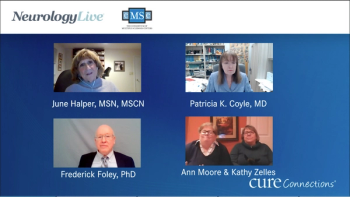

After winning FDA approval in October 2020, the new expanded indication includes adolescents aged 12 and older with episodic or chronic migraine.
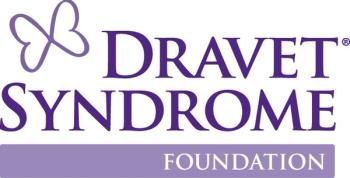
Veronica Hood, PhD, writes a recap of research and treatments for epilepsy presented at the meeting.

Here's what is coming soon to NeurologyLive.

Patients with SCD and schizophrenia specifically had increased risk of developing Parkinson disease later in life.

The chief medical officer at SanBio discussed how the investigational agent SB623 can fill the void of disease-modifying therapies for TBI.

A parent's perspective of the Partners Against Mortality in Epilepsy (PAME) 2020 meeting.

Physicians from Stanford Children’s Health offer their keys to successful pediatric neuroscience teams and what to focus on to provide a better quality of life for children.
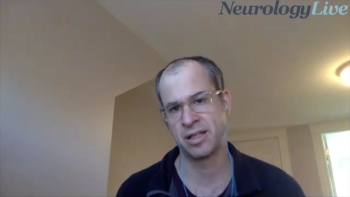
The assistant professor of neurology and anesthesiology at Harvard Medical School discussed non-traditional ways ALS research is changing and where the focus should continue to be.

Olfactory impairment is indicative of rapid eye movement sleep behavior disorder, a prodromal symptom of Parkinson disease.

Neurology News Network for the week ending January 23, 2021.

Take 5 minutes to catch up on NeurologyLive's highlights from the week ending January 22, 2021.
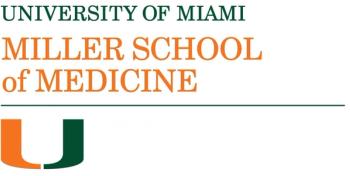
Michael Benatar, MD, PhD, executive director, ALS Center at the University of Miami, discusses collaborating with Biogen on a clinical study evalutating tofersen.

The asymmetry of mediotemporal atrophy and a lesser impact of APOE4 and TDP-43 on the integrity of memory circuitry may have constituted preservation in primary progressive aphasia.

The neurologist from the Comprehensive Epilepsy Care Center for Children and Adults, in St. Louis, Missouri, also discussed future studies planned for cenobamate.

This fourth-generation system since 2012 is indicated as adjunctive therapy for stimulation of the subthalamic nucleus and internal globus pallidus to treat Parkinson symptoms.
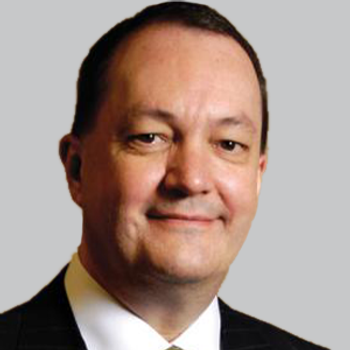
If approved, INP104 would be the first and only delivery system to explore the vascular-rich upper nasal space as a therapeutically viable treatment pathway.
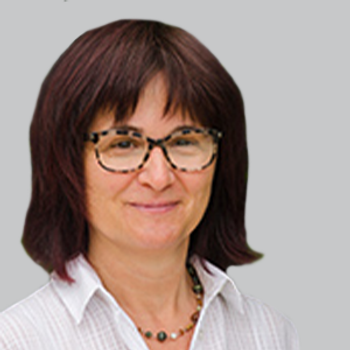
Source-based morphometry, a novel independent component analysis technique, was found to be useful in characterizing patterns of atrophy development.

The harmful association seen with antidepressants is complicated by their need in patients with HD and mood disturbance. There were also associations identified with alcohol and substance use.

Any intracerebral hemorrhage was observed less frequently in the mechanical thrombectomy alone group than in the combined group.
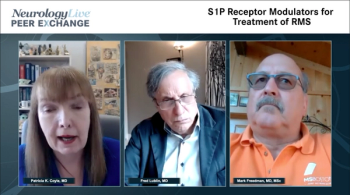
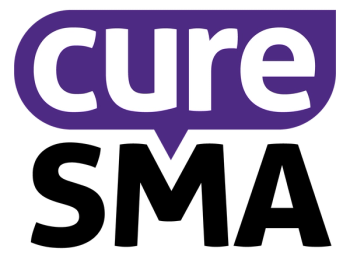
The team Cure SMA endurance program goes virtual - sign up now.

The average number of inpatient claims per year was higher for patients with SMA than their matched non-SMA patients, with respiratory illness the most common reason for an inpatient admission among all patients with SMA.

The associate professor at Hokkaido University and investigator of STEMTRA also discussed other efforts in stroke, Alzheimer disease, and Parkinson disease.